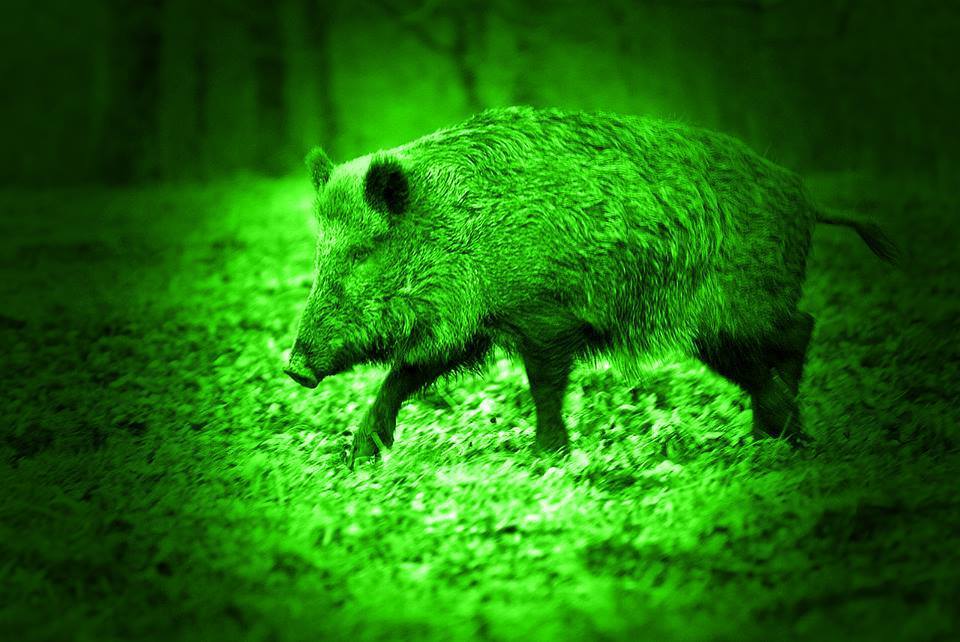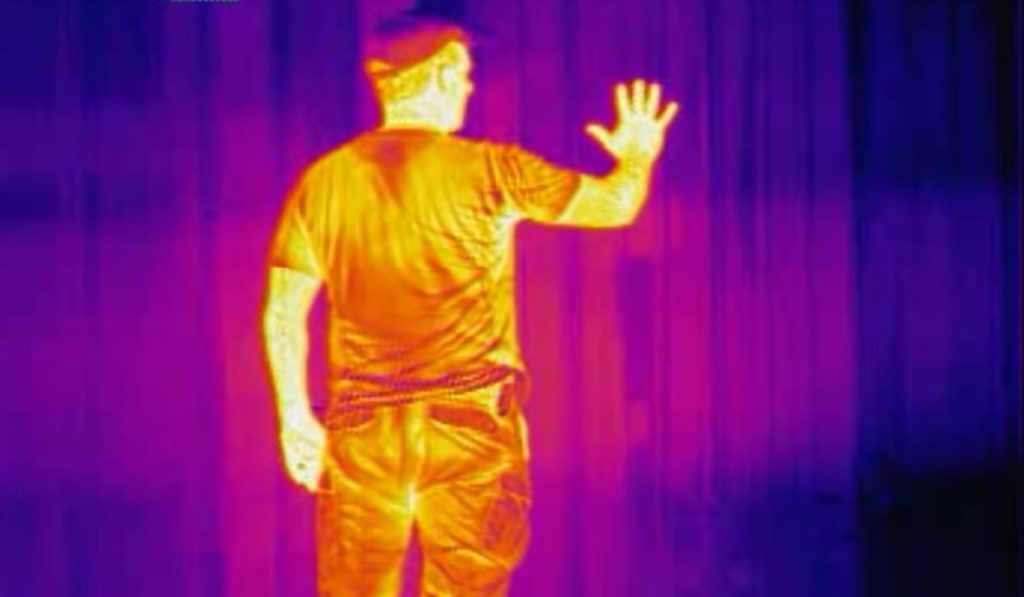Thermal Scope vs Night Vision Scope: When it comes to selecting the scope to use it is a very critical choice that must put into consideration several factors. This is the reason why it is a very hot discussion for hunters worldwide when getting into this topic. These factors include the type of game you are targeting to harvest and the other factor to put into consideration, is the condition the equipment is in depending on how often it will be used. When these conditions have been determined it becomes so easy to choose between thermal scopes vs night vision scope.
Thermal scope vs night vision scope imaging they both work well in helping the hunter to identify, recognize and detect his target. But this imaging is weighed in by several factors. Here we will be comparing both of these scopes in different parameters, so that you can understand the difference between them, and choose what’s the best suited for you.

Thermal Scope vs Night Vision Scope: How Does They Work?
Night vision scope mostly relies on ambient light in order to detect animal although detection that involves long distances become too difficult. When hunting at night the stars and the moon are able to provide natural light for a vision scope to work.
But just in case there is no sufficient natural light especially when the clouds are cloudy then IR illuminator should be used to provide the required light. They are well understood by explaining with how a flashlight gives vision at night but they cannot be seen by naked eye. The night vision scope absorbs the minimal available light and it then turns this light into electricity which is then turned to light that reflects as image.

When the light passes through the objective lens as photons, they pass through a photo cathode which converts the photos to electrons. These electrons pass through as well as multiply to thousands in micro channel plate which contains millions of glass tube that have uniform spacing and density that produces a resolution resulting to an image. These electrons also go through phosphor screen, here they are again converted to light that in turn produces an image for viewing.
But you should know that night vision scope won’t work in presence of light that is bright because the tubes of the intensifier will be damaged thus causing the night vision scope not work. You can watch below video to understand more about thermal scope vs night vision scope.
Examples include
- Cryogenically cooled thermal imaging
- Un-cooled thermal imaging
Thermal imaging Scope makes it possible to detect animals that are at a long distance this is due to the fact that it shows images based on heat signatures. This is the reason why it works well during the day and also at night because animals generate heat and are warmer than their environment making it possible for thermal scope to work in creating an image for the game.
Identification and Recognizing the Game
As earlier discussed both thermal scope and night vision scope are able to detect the game during hunting but when it comes to identifying and recognizing the type of game detected then this is entirely a different story. A thermal scope displays images as either black and white or some other color shades this makes it really hard to identify the specific type of animal.

When an animal is hotter than the image becomes lighter but new thermal scopes are able to use a range of colors to show different heat intensities and invert black and white imaging. When an animal is at a great distance it becomes harder to identify the type of animal it is.
When it comes to identifying and recognizing an animal, a night vision scope is the best because the light on the animal bounces off and the detector makes it into an image thus you are able to identify the animal. This can also be affected bay condition such as when an animal is camouflaged or standing still. So in the debate of thermal scope vs night vision scope, the latter has an edge here for sure.
Thermal scope is the only detector that is handicapped by cold weather. Hunters prefer to use thermal scope at night because they can see through trees and crops as well as fog. With the ideal conditional night vision is the best in hunting because it identifies and recognizes the game.
Thermal Scope vs Night Vision Scope: Durability Quotient
What you should also consider is the durability of night vision and thermal scopes. Thermal scope these days has become as durable and sturdy as the night vision scope because both of them are able to withstand a 30. Recoil of caliber. So there’s nothing much to compare, as both of these are pretty equal in this matter.
Night Vision scope are there from ages, and they offer pretty solid durability and works really well on budget. But with the invention of thermal scopes, the level is now increased by many folds. Both of these offers great durability, but if you are a professional, you should opt for thermal scopes.
Night Vision Scope vs Thermal Scope: The Price War
Although night vision is good for imaging it has been available and affordable for a very long time this make it to be cheaper than thermal scope. Thermal scope is very costly because it has better detection and the technology is hard to manufacture this makes it more costly.
From the information above we are able to see that a thermal scope is best used to detect the desired game. Whereas a night vision scope is good at identifying, recognizing and to harvest. Thermal imaging offers a 24 hours imaging. So there’s no clear in this thermal scope vs night vision scope debate, as it depends on the preference of the hunters. In short if you’re on a budget then choose a night vision one, but if you wanna be more focused, then you may go for a thermal one.
- Freediving Fins vs Scuba Fins: A Detailed Comparison - February 21, 2022
- How to Use Hammock Straps (A Step by Step Guide) - February 21, 2022
- 8 Best Places to Fish in Ohio (With Complete Details) - February 20, 2022
